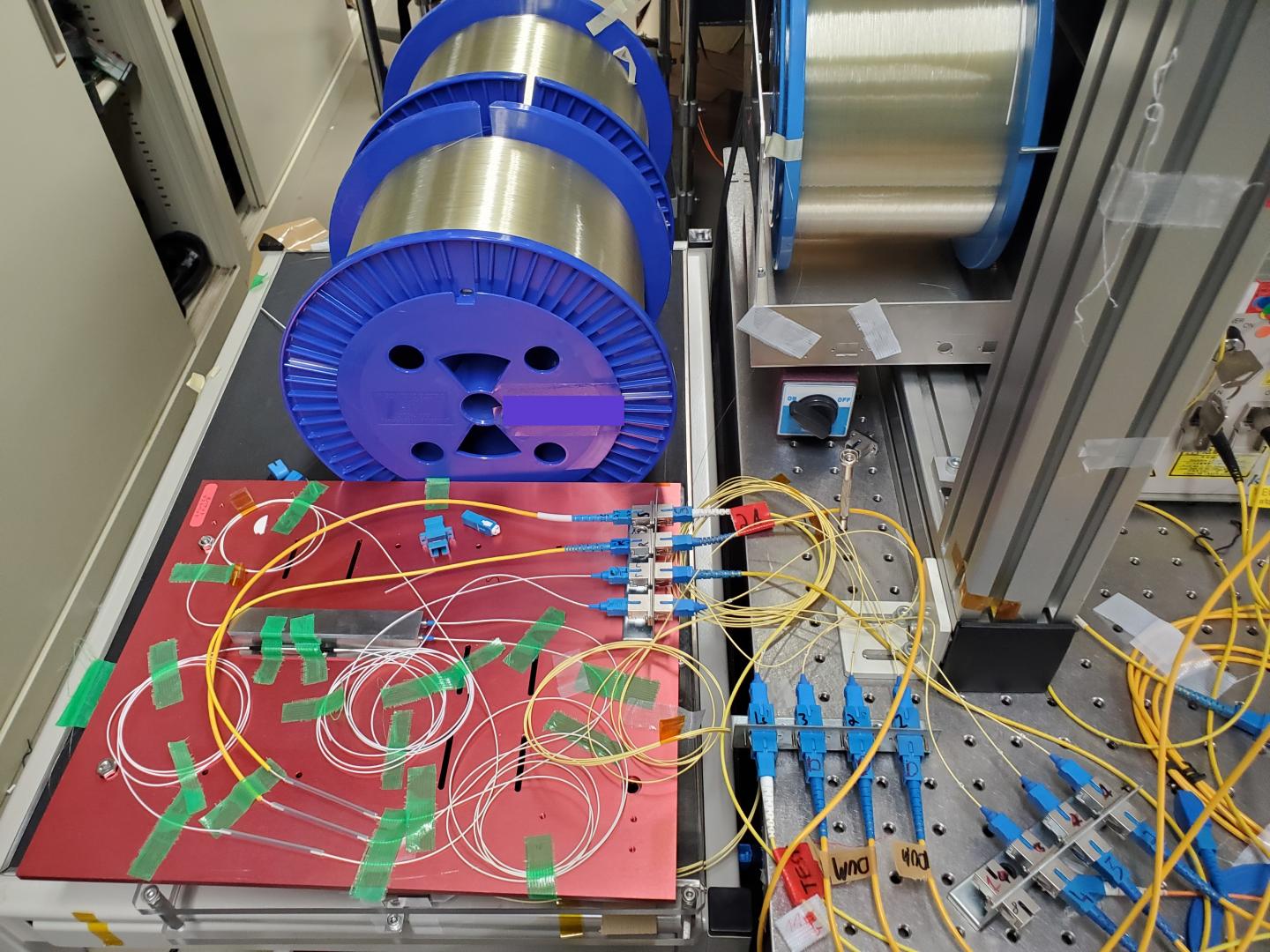Engineers in Japan have set a new world record for fastest internet speed — and it’s so fast, you’d be able to download nearly 80,000 movies in just one second.
Need for speed: Internet speed is typically measured by how much data can be transmitted between two devices in one second.
The new record is 319 terabits per second (Tb/s). That’s double the previous world record for fastest internet speed and about 7.6 million times faster than the average home internet speed in the U.S. (42 megabits per second).
Fiber-optic cables: Different types of internet connections transmit data over different types of hardware. The old dial-up connections, for example, relied on telephone wires, while the fastest kind of internet available today — fiber — uses fiber-optic cables.
These cables transmit data using pulses of light, which travel along thin optical fibers with glass or plastic cores.
It might not be too difficult to integrate the tech into existing infrastructure.
To break the record for fastest internet speed, researchers at Japan’s National Institute of Information and Communications Technology developed an experimental optical fiber with four cores, instead of just one.
They then combined their fiber with a laser that fired pulses at different wavelengths and multiple signal amplification techniques. This enabled them to transmit data over a distance of more than 1,800 miles at 319 Tb/s.
Perfect fit: The laser and amplifiers used to break the fastest internet speed record are not cheap, so don’t expect 300 Tb/s home internet any time soon.
However, there is one part of the experiment that could have an impact on your life in the not-so-distant future: the optical fiber.

The researchers managed to pack all four cores into a fiber the same diameter as the single-core fibers used to deliver today’s fiber-optic internet. That means it might not be too difficult to integrate the tech into existing infrastructure.
“[I]t is hoped that such fibers can enable practical high data-rate transmission in the near-term, contributing to the realization of the backbone communications system necessary for the spread of new communication services beyond 5G,” they write in their paper.
We’d love to hear from you! If you have a comment about this article or if you have a tip for a future Freethink story, please email us at [email protected].






